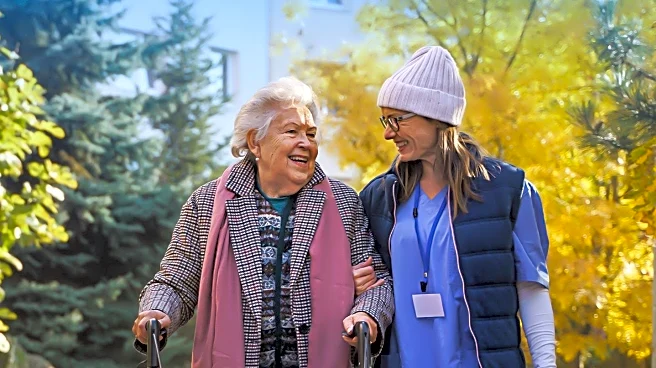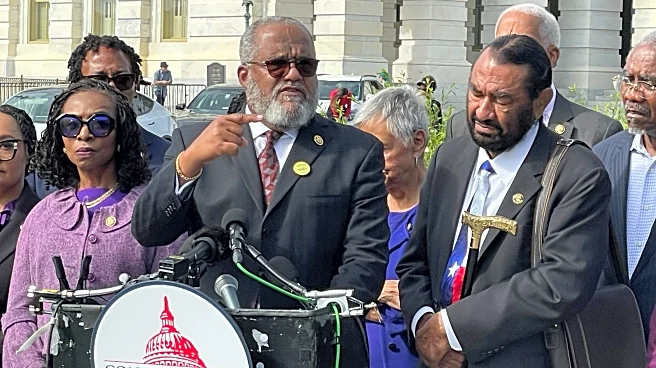What's Happening?
An Asian American man, who moved to his wife's Southern hometown before the pandemic, is experiencing feelings of isolation and regret. Initially, he agreed to the move to support his wife's desire to be closer
to her aging parents, but now he feels disconnected from the community and misses the sense of belonging he had in the Bay Area. Despite attempts to discuss the issue with his wife, she suggests revisiting the possibility of moving back in 2030, after their daughter graduates high school. The man is considering options such as accepting life in the South, creating a bicoastal arrangement, or pressing for a return to the Bay Area.
Why It's Important?
This situation highlights the challenges of cultural and racial belonging, especially for minorities living in areas where they may feel isolated. The man's experience underscores the importance of addressing personal needs and the impact of relocation on identity and community ties. It also raises questions about compromise in relationships and the potential for resentment when one partner's needs are not met. The broader significance lies in understanding how cultural identity and belonging can affect mental health and relationship dynamics.
What's Next?
The man is considering several options to address his feelings of isolation, including regular travel to the Bay Area, virtual connections with friends and family, and engaging with local Asian American networks. He may also explore therapy for cultural grief. If a bicoastal arrangement is pursued, it would require financial planning and structure, such as spending a month or two each year in the Bay Area. The couple may also need to explore job possibilities and housing market research together to make a potential move in 2030 more feasible.
Beyond the Headlines
The story delves into the deeper implications of racialized belonging and how it affects personal identity and safety. It highlights the sensory and emotional experiences of feeling out of place, such as the absence of familiar cultural cues and community. The narrative also touches on the importance of vulnerability in communication and the need for both partners to acknowledge and address their fears to build a sense of belonging together.












